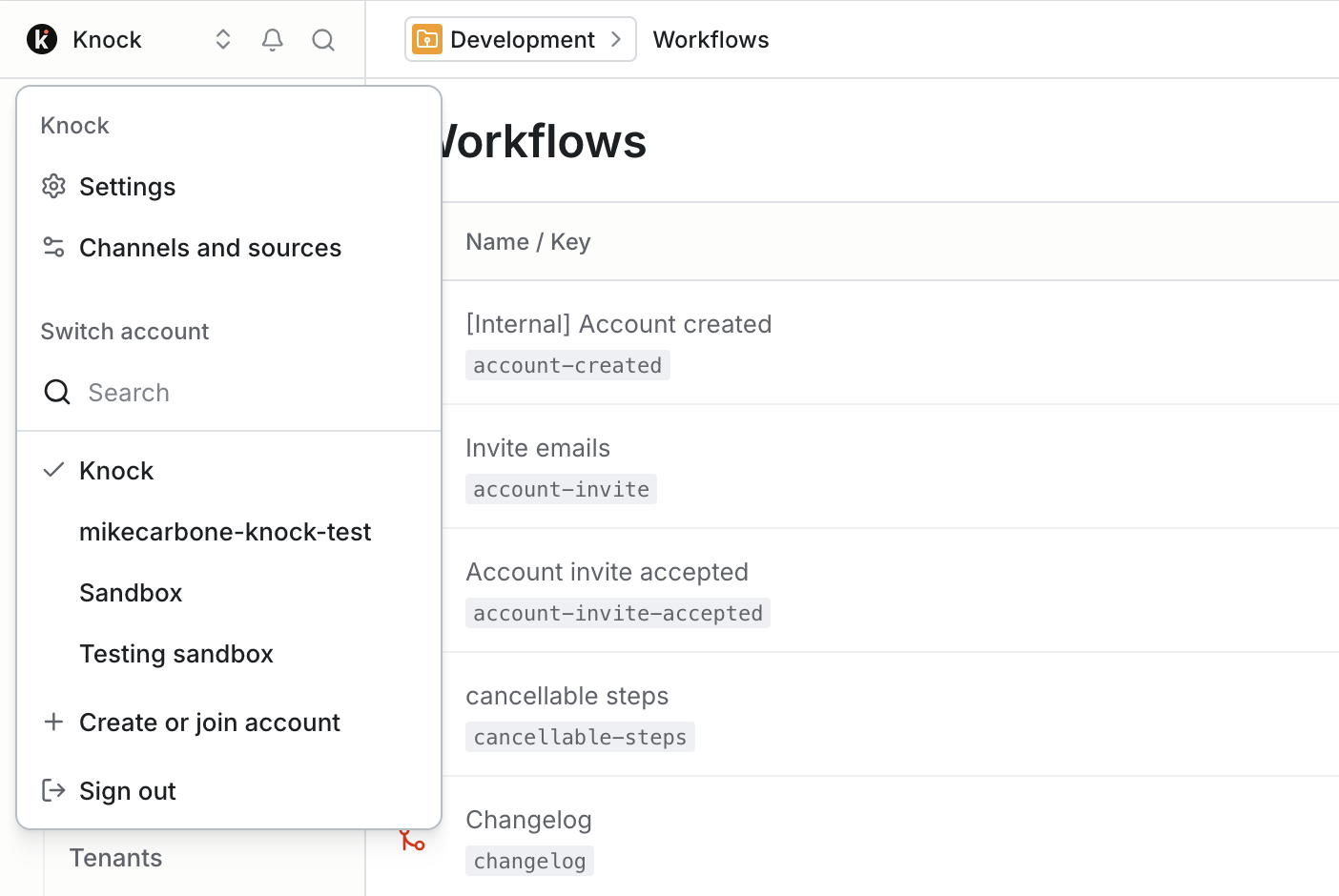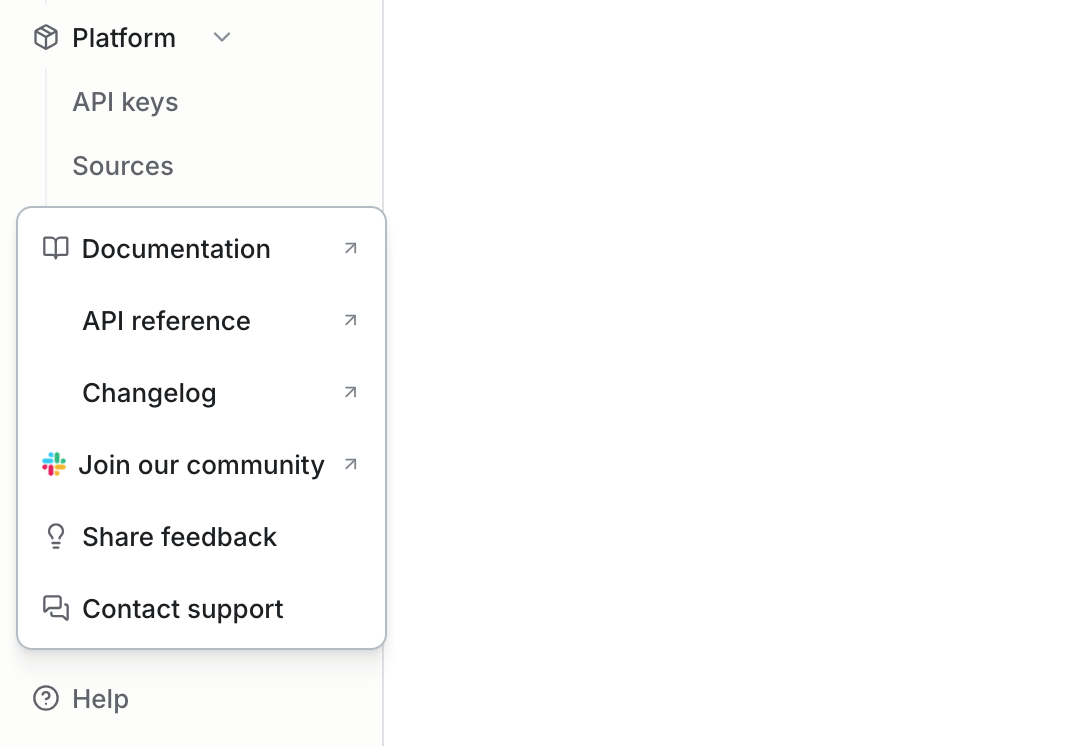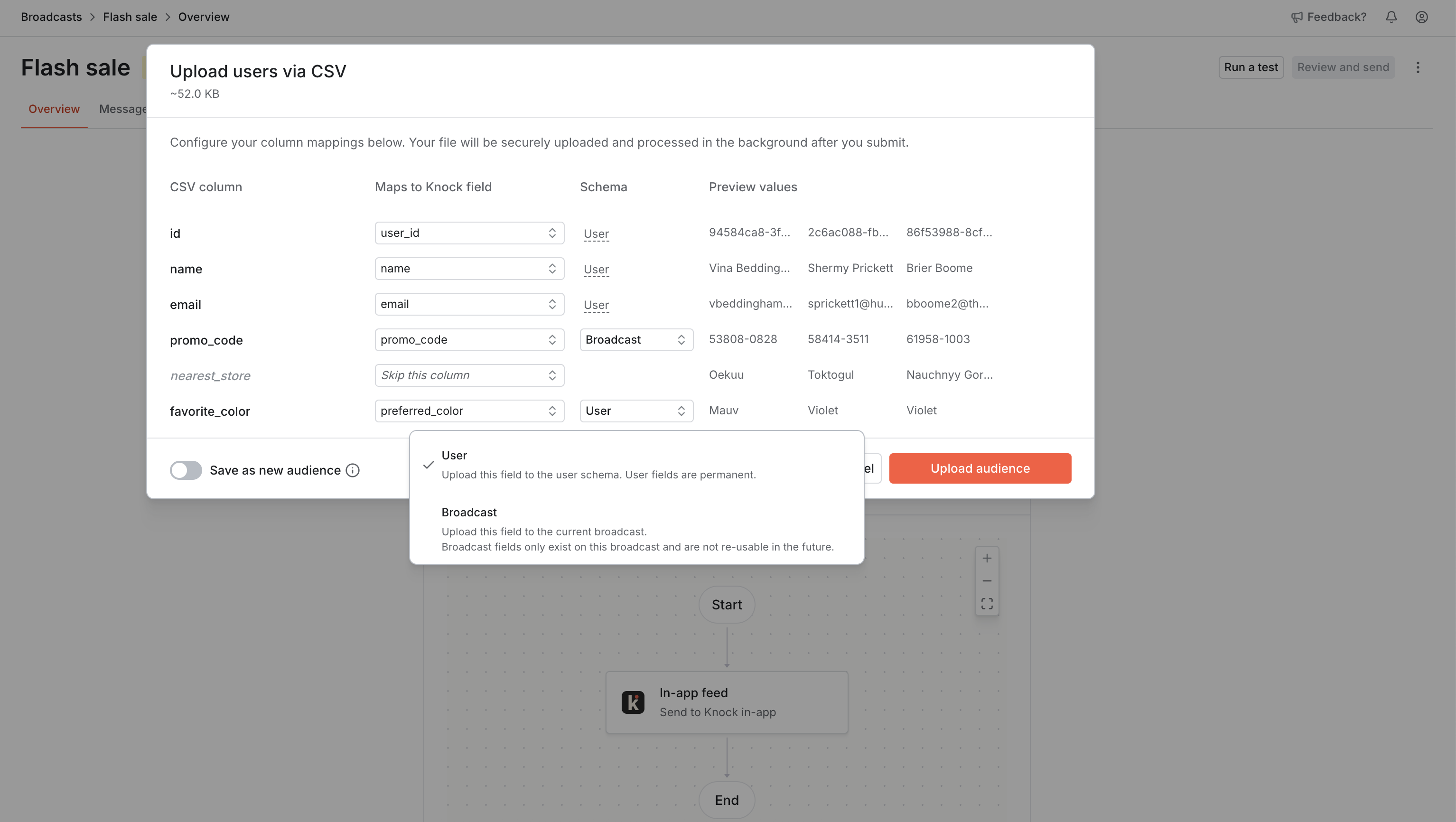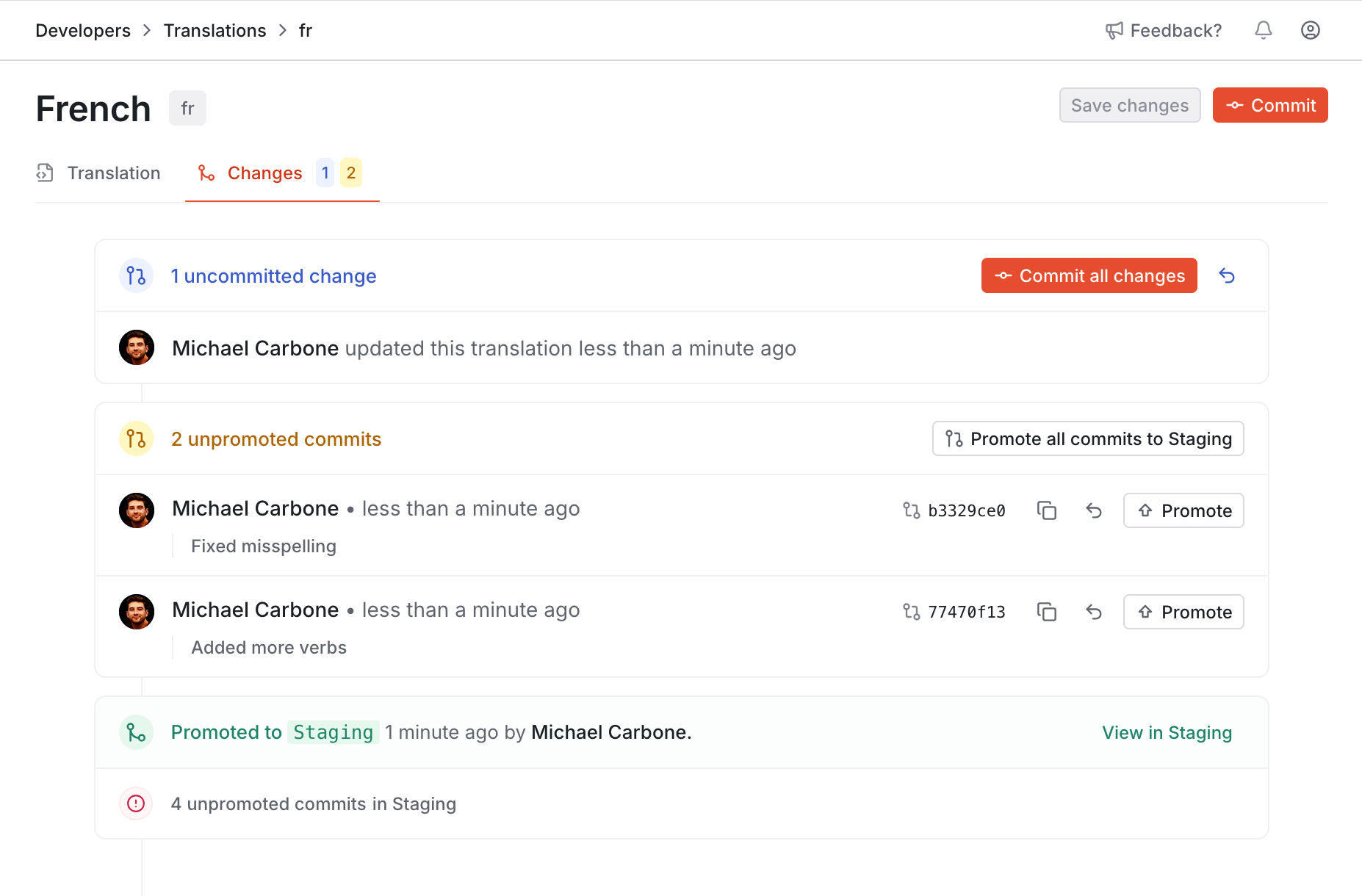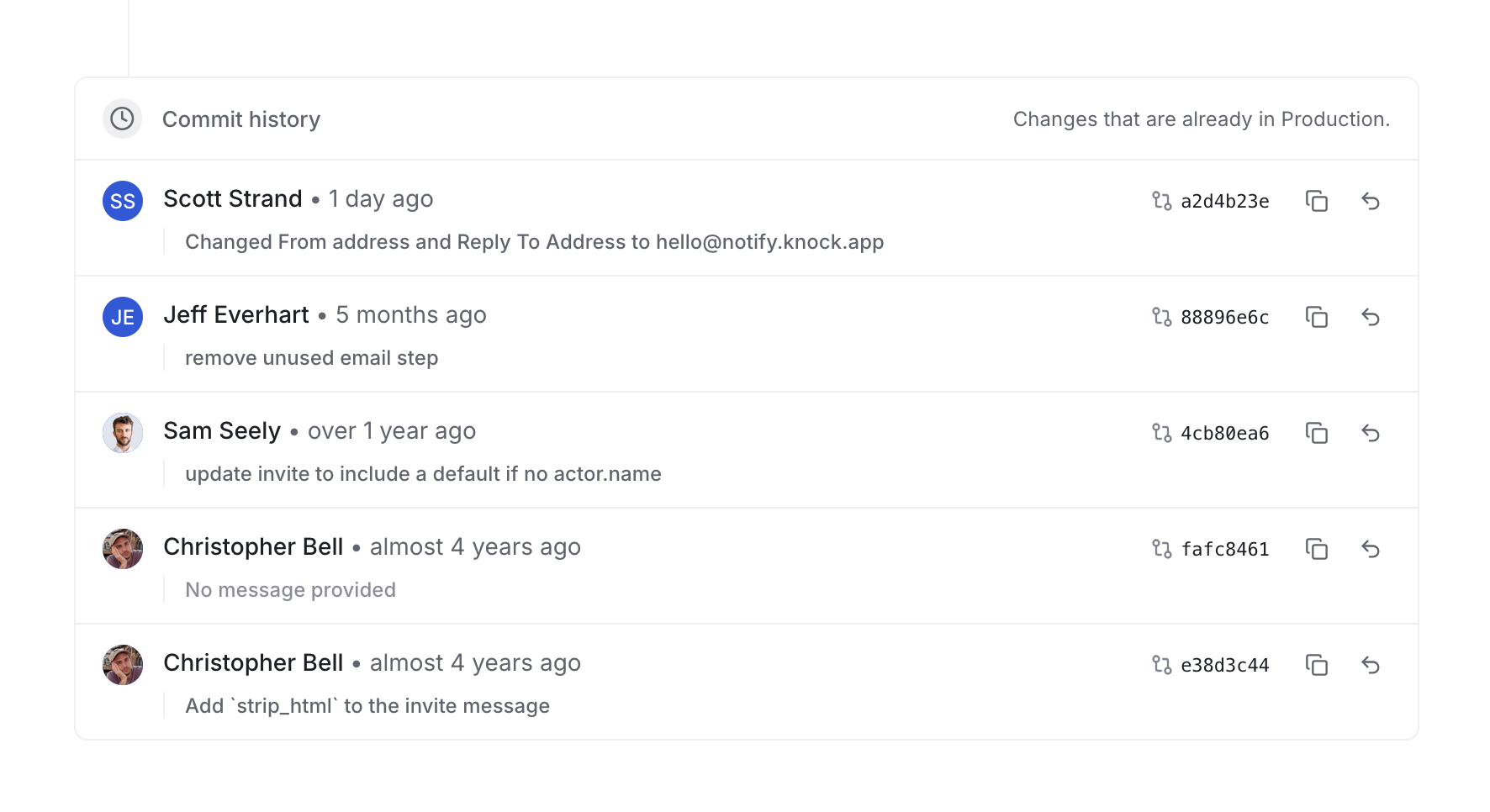Today we're introducing reusable requests, making it easy to reuse fetch step configurations across different workflows.
Save reusable requests
In the dashboard sidebar, you'll see a new "Reusable requests" section. Here you can create and manage your reusable requests that can be used in any fetch step across your workflows.
Once saved, these requests can then be applied to any workflow fetch step, making it easy to maintain consistent configurations across your messaging infrastructure.
Apply reusable requests to workflow fetch steps
Within a workflow fetch step, you'll see a new "Apply template" button. Here you can select a reusable fetch step to instantly inherit its properties. While linked, the fetch step will continue to inherit any changes made to the reusable request's configuration.
AI-generate reusable request configurations
We've also added the ability to generate reusable request configurations. This can be done by clicking the "Generate" button in the reusable request editor either during creation or when editing an existing request. This will use the prompt to auto-populate the request configuration.
More Information
To learn more about reusable requests, check out the documentation: Reusable fetch functions.
Fixes and improvements
- 👀 [Dashboard] Added realtime input validation in the content editor
- 👀 [Liquid] Added support for partial ISO dates across all of our date helpers
- 👀 [Dashboard] Added message previews to the Guide message log
- 👀 [Dashboard] Fixed performance issues in Guide content editor
- 👀 [SDKs] Added optimistic updates when archiving a message
- 🐛 [API] Fixed a bug with creating schedules with a null ending_at field
- 👀 [Dashboard] Added interacted metadata to the guide message log timeline
- 🐛 [Dashboard] Fixed the width of the HTTP channel button in the workflow step pane
- 🐛 [Dashboard] Fixed the callout UI within Deactivate workflow modal







